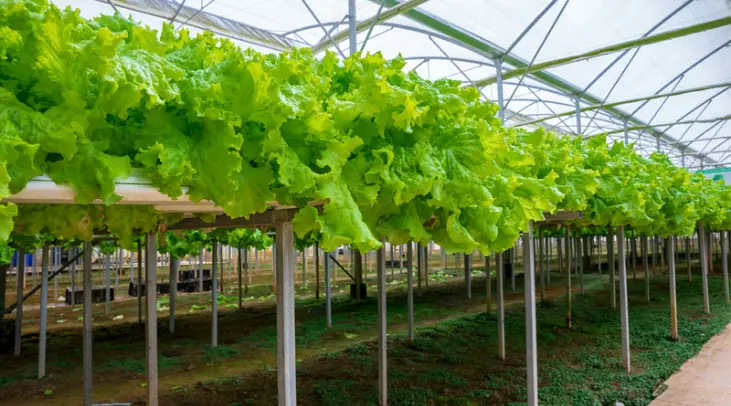Table of Contents
ToggleTraditional Agriculture -its Foundations: A Heritage of Sustainability:7 unknown Facts.
Agriculture, the foundation of human civilization, has undergone remarkable transformations throughout history. However, traditional farming practices embody a timeless wisdom that links humanity to the planet. These ancient techniques, developed over generations, demonstrate a profound comprehension of soil vitality, seasonal rhythms, and crop variety—an invaluable heritage that current agricultural practices can still learn from.
Understanding Soil Health
(InTraditional Agriculture)
Farmers of the past recognized soil as a living organism filled with essential microorganisms for healthy plant growth. They enhanced soil health with natural fertilizers such as compost, animal manure, and green manure, boosting fertility while conserving its resources. Methods like crop rotation and fallowing were commonly employed, allowing the soil to naturally recover and ensuring sustainable productivity.
Alignment with Seasonal Cycles
Ancient agricultural insights were finely tuned to seasonal fluctuations. Farmers carefully timed their planting and harvesting to align with weather patterns, optimizing yields while minimizing environmental impacts. For example, India’s Rabi and Kharif crop systems are based on centuries of careful observation and adaptation to seasonal rainfall.
Promoting Biodiversity through Companion Planting
Companion planting—an essential aspect of traditional agriculture—enhanced biodiversity by pairing mutually beneficial crops. For instance, cultivating legumes alongside grains improved nitrogen levels in the soil while naturally repelling pests. This technique not only boosted yields but also nurtured ecological harmony, creating a vibrant environment for plants and pollinators alike.
Embracing Natural Pest Management
Traditional agriculture often avoided chemical pesticides, opting instead for natural remedies. Resources like neem leaves, turmeric, ash, and other local materials were employed to deter pests without harming the ecosystem. Intercropping was another clever method that interrupted pest life cycles and reduced reliance on external solutions.
Effective Water Management Strategies
Traditional agricultural practices showcased ingenuity through water conservation techniques such as terracing, rainwater harvesting, and the use of ancient irrigation systems like step wells and canals. These approaches facilitated efficient water usage while preventing soil erosion and maintaining fertility.
Insights for Contemporary Agriculture
As modern agriculture faces pressing issues like climate change, soil depletion, and loss of biodiversity, the foundational principles of traditional farming offer crucial insights. By incorporating sustainable practices such as organic farming, crop diversity, and regenerative techniques, we can tackle present-day challenges while respecting the wisdom of our predecessors.
Honoring the Agricultural Legacy in Traditional Agriculture.
The origins of agricultural practice remind us of our deep-rooted connection to nature. By preserving and adapting these enduring methods to fit modern circumstances, we can foster a sustainable, equitable, and resilient agricultural system for future generations.It’s essential to remember: each seed we plant today encapsulates the knowledge of countless farmers who came before us. By honoring this heritage, we not only feed our bodies but also nurture the spirit of the earth.
Conclusion:Traditional Agriculture-its Foundations: A Heritage of Sustainability:7 unknown Facts!! it's a powerful legacy.
In conclusion, agricultural tradition is more than just a way of farming—it’s a legacy that has shaped how we approach sustainability and resource management. The 7 unknown facts we’ve uncovered highlight the depth of knowledge passed down through generations and the importance of preserving these practices. As we move toward a more sustainable future, drawing from these agricultural traditions can offer valuable insights into how we can continue to nourish the planet while maintaining a balance with nature. Embracing and respecting this heritage can guide us in creating a more sustainable and resilient agricultural system for generations to come.

